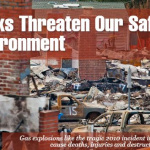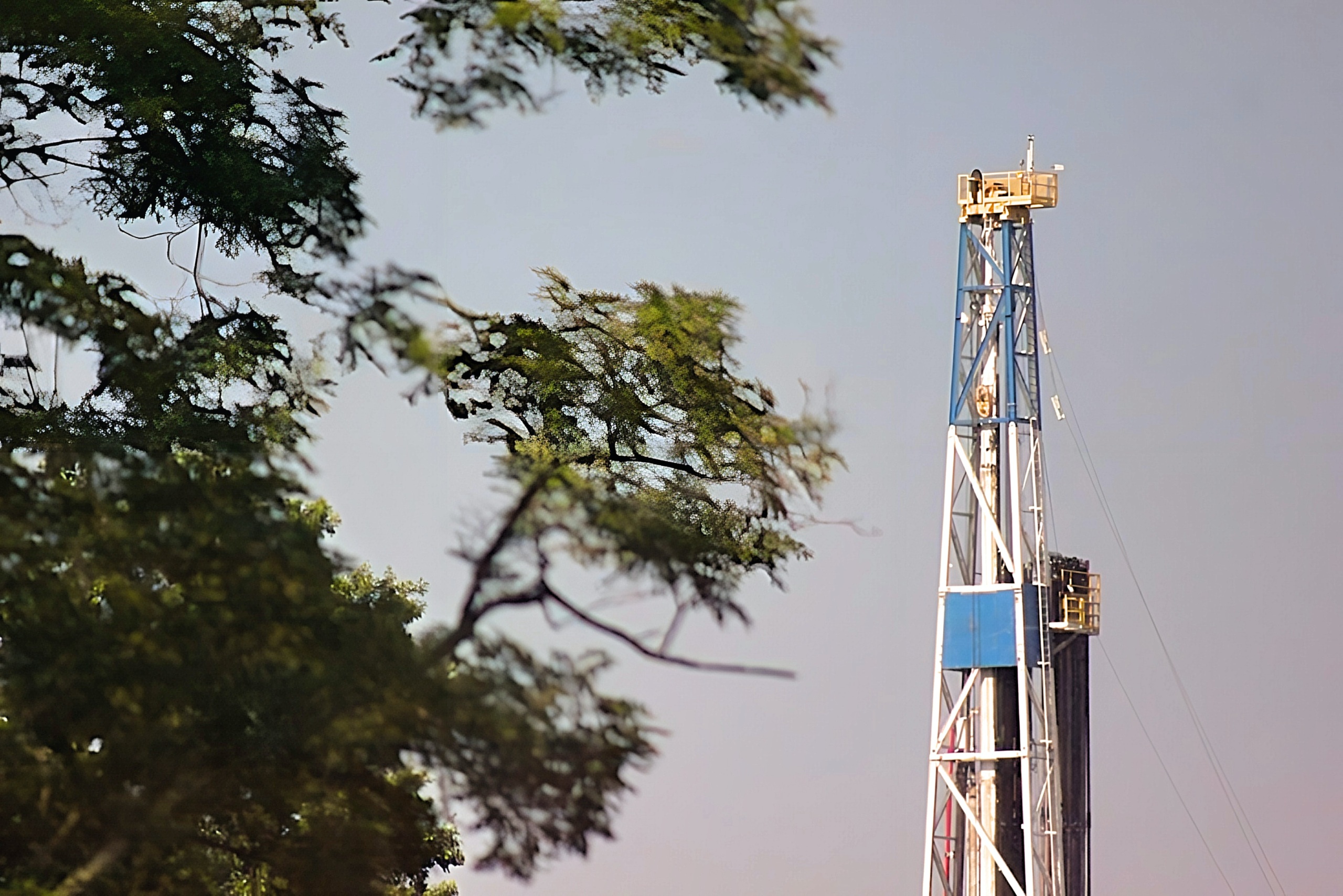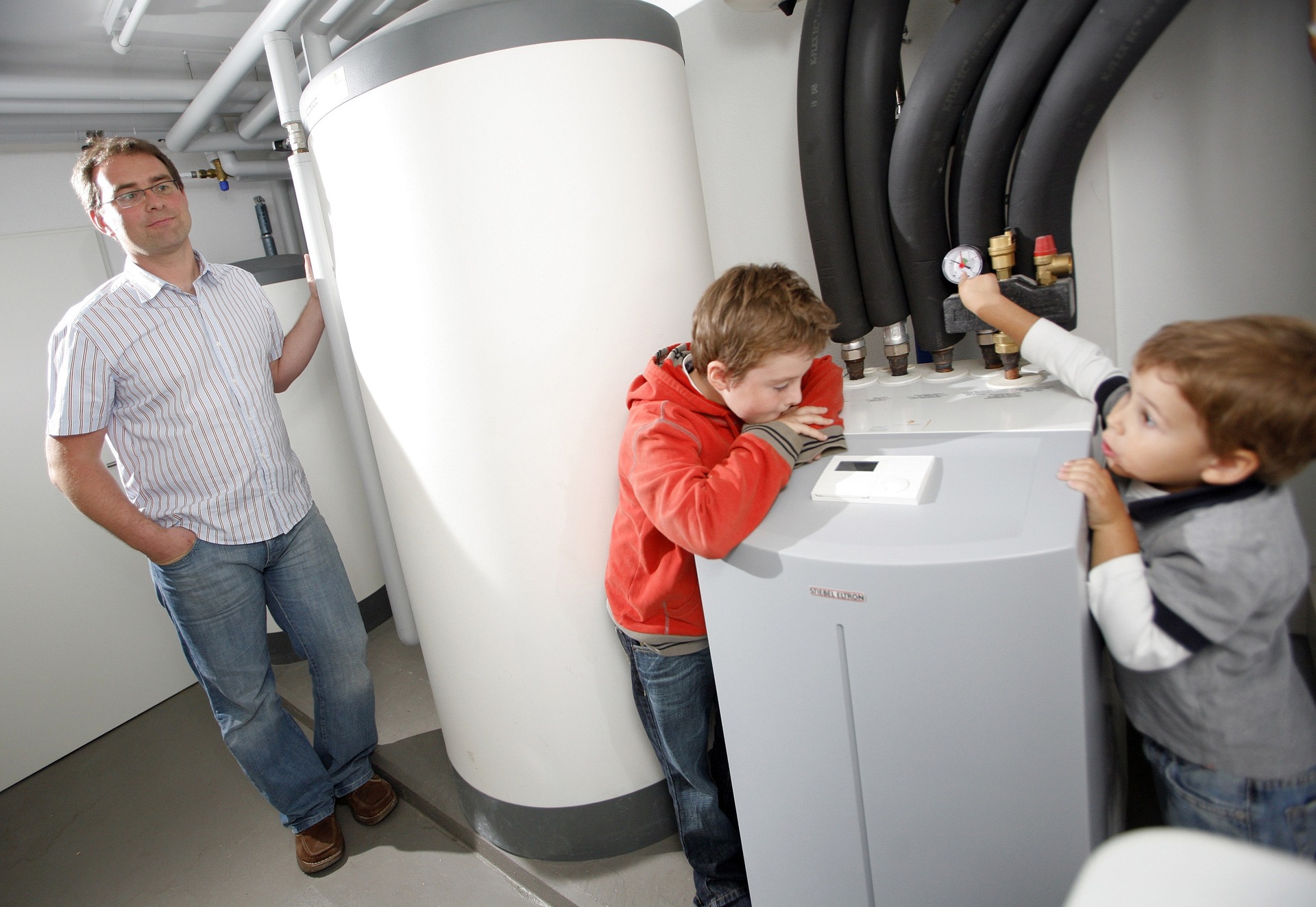
Gas Leaks Threaten Our Safety and Environment
Downloads
PennPIRG Education Fund

Gas Leaks Are Common
Gas leaks are widespread, costly and hazardous to the public’s health and safety. There are opportunities for gas to leak from the point at which it emerges from a well, through the gathering and transmission pipelines that carry gas from the well to the market, all the way to storage facilities and the distribution lines that carry gas to homes and businesses. While some gas is released intentionally as part of normal operations such as opening and closing valves, large amounts of gas are unintentionally released, most often due to malfunctioning equipment, corrosion and natural causes like flooding.
- There were at least 1,888 serious incidents related to the release of gas during gathering, transmission and distribution that were reported to the U.S. Pipeline and Hazardous Materials Safety Administration between January 2010 and November 2018.
- There are also thousands of smaller active leaks in the country’s gas system. Chicago’s two primary gas companies, for example, reported 1,775 active leaks as of August 2018.
- In 2017 alone, there were 118 incidents related to either gas distribution or onshore transmission that resulted in a fatality, serious injury, or loss of at least $50,000.
- The U.S. Energy Information Administration reports that at least 123,692 million cubic feet of gas were lost in 2017.
- Because accurately quantifying the number and volume of gas leaks has proven challenging, the true amount of lost gas is likely even higher. This amount of gas could generate all the electricity consumed by over 1 million homes for an entire year.
Topics
Find Out More


Green schools guide

“Certified natural gas” is not a source of clean energy
